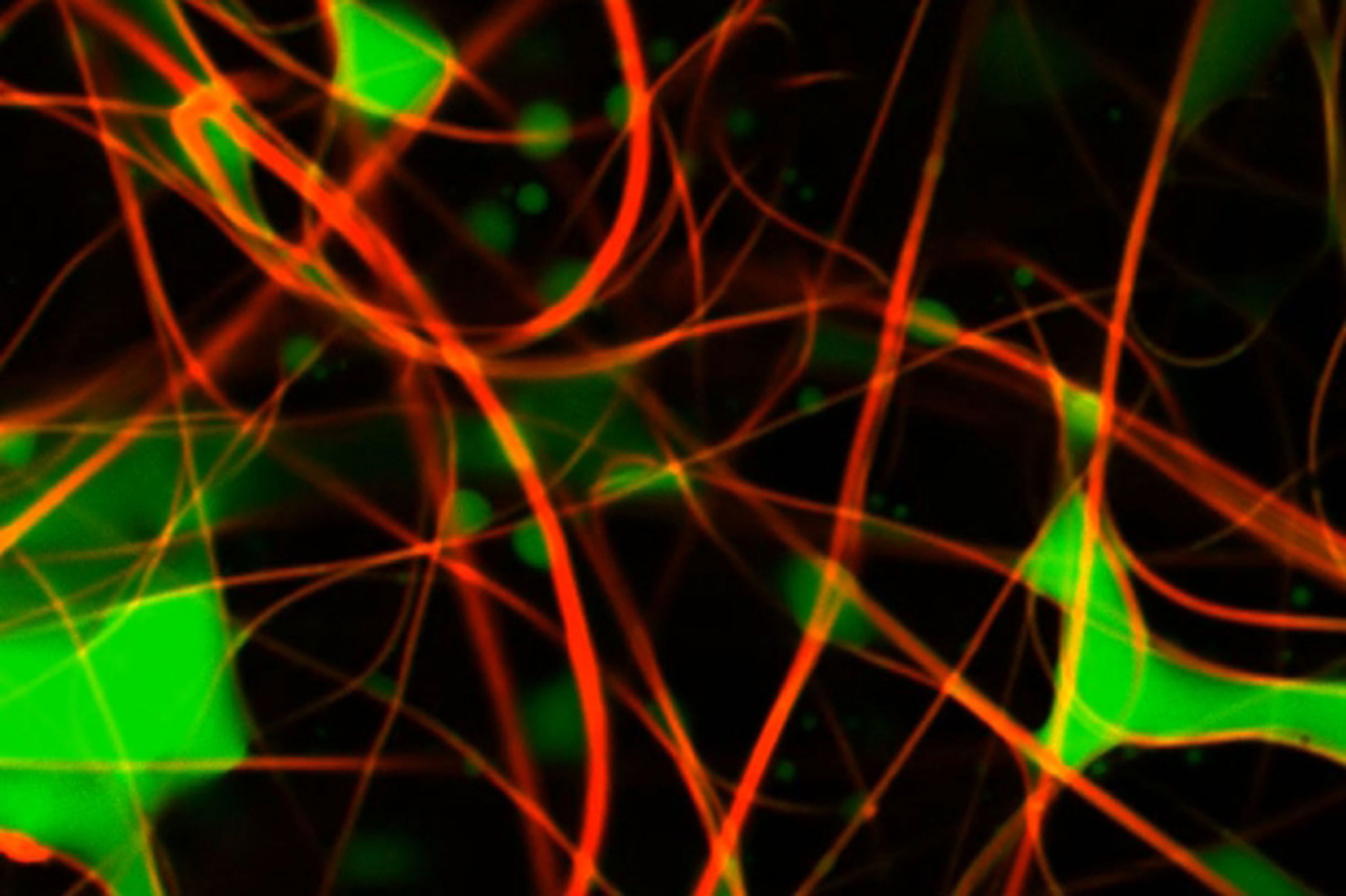Oil and water are famously reluctant to mix fully together. But separating them completely—for example, when cleaning up after an oil spill or purifying water contaminated through fracking—is a devilishly hard and inefficient process frequently dependent on membranes that tend to get clogged up, or “fouled.”
A new imaging technique, developed by MIT graduate students Yi-Min Lin and Chen Song and professor of chemical engineering Gregory Rutledge and described in the journal Applied Materials and Interfaces, could provide a tool for developing better membrane materials that can resist or prevent fouling.
The fouling process is very hard to observe, making it difficult to assess the relative advantages of different membrane materials and architectures. The new technique could make such evaluations much easier to carry out, the researchers say.
Don’t settle for half the story.
Get paywall-free access to technology news for the here and now.
